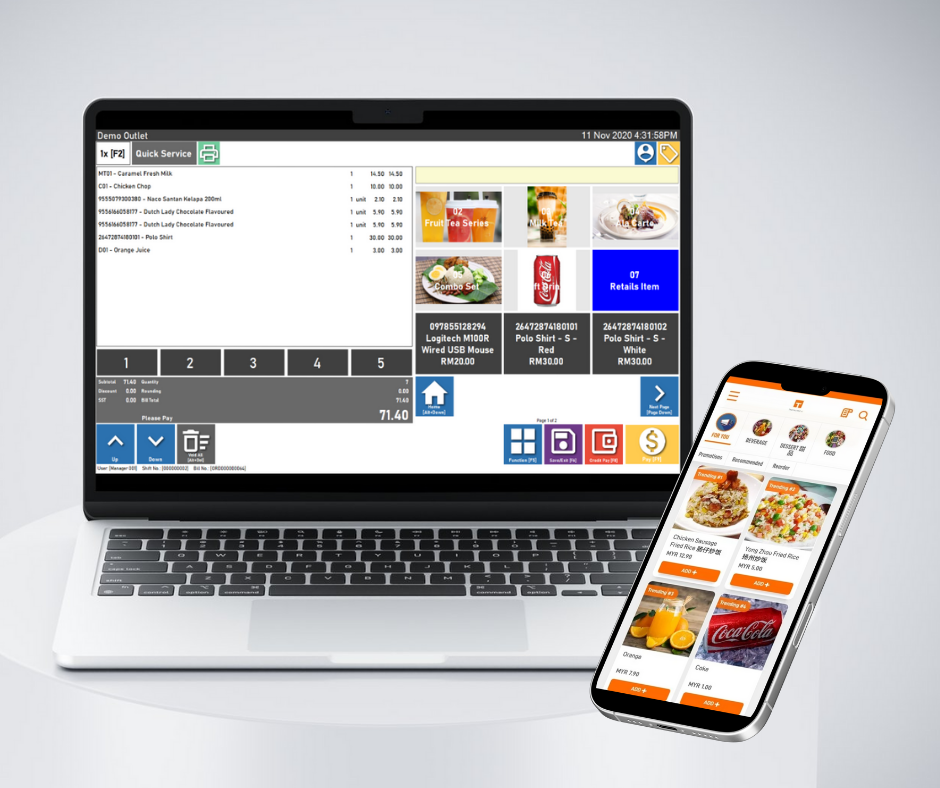Table management refers to the process of organizing and overseeing seating arrangements, reservations, and table turnover in a restaurant. It involves:
Effective table management enhances customer satisfaction, boosts revenue, and streamlines operations.
__________________________________________________________________________________________
Efficient table management is crucial for restaurant success, ensuring smooth operations and enhancing the customer experience. With proper strategies and tools, restaurants can maximize seating, reduce wait times, and increase revenue. Here’s how to optimize table management effectively.
Effective table management offers several benefits that can significantly improve a restaurant's operations and customer experience. It helps maximize seating capacity, ensuring optimal use of space and boosting revenue by increasing table turnover.
Reduced wait times enhance customer satisfaction, creating a positive dining experience that encourages repeat visits. Streamlining seating arrangements also improves staff efficiency, as hosts, servers, and kitchen teams can coordinate more effectively.
Additionally, by tracking table status in real-time, restaurants can avoid double bookings, reduce errors, and provide seamless service. Ultimately, effective table management contributes to smoother operations, happier customers, and higher profitability.

Efficient table management is a blend of strategic planning and technology. By focusing on layout optimization, staff training, and adopting modern tools, restaurants can ensure operational excellence and customer satisfaction.
Would you like assistance with QR code ordering or POS integration tips for restaurants?

 Philippines
Philippines